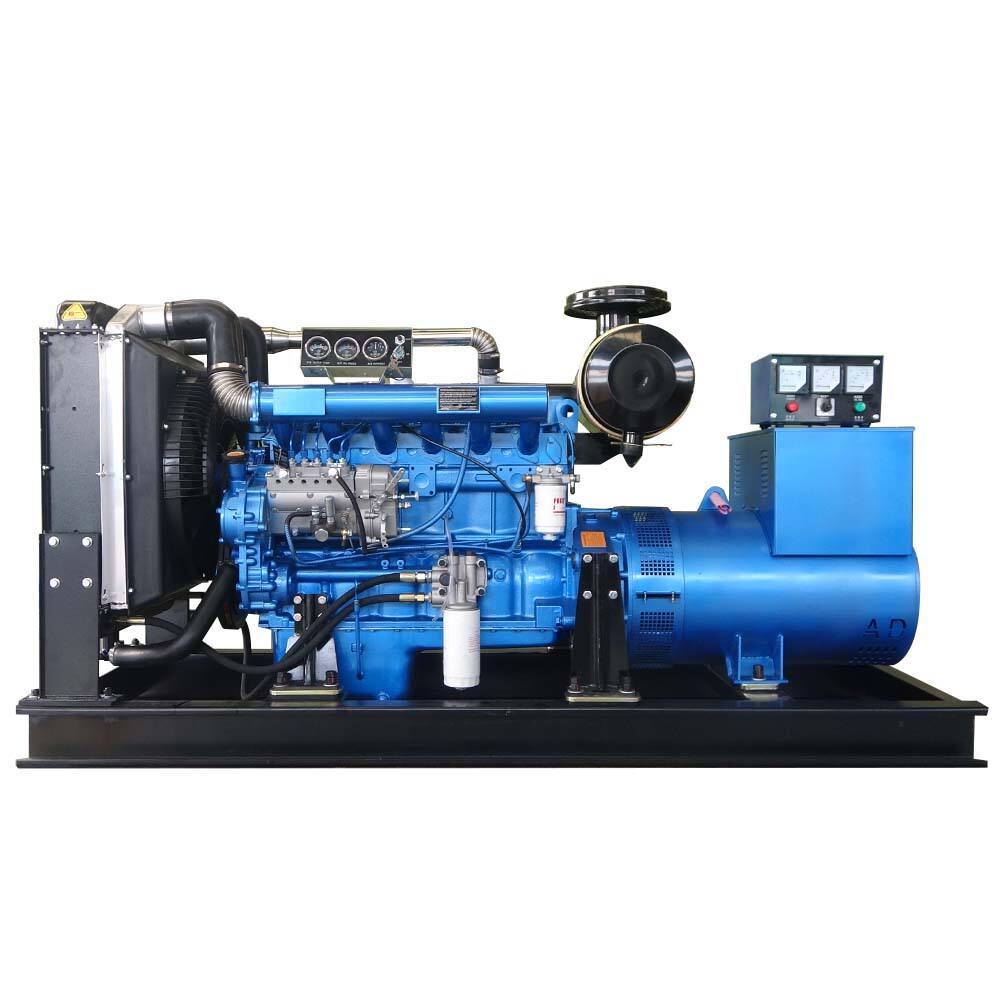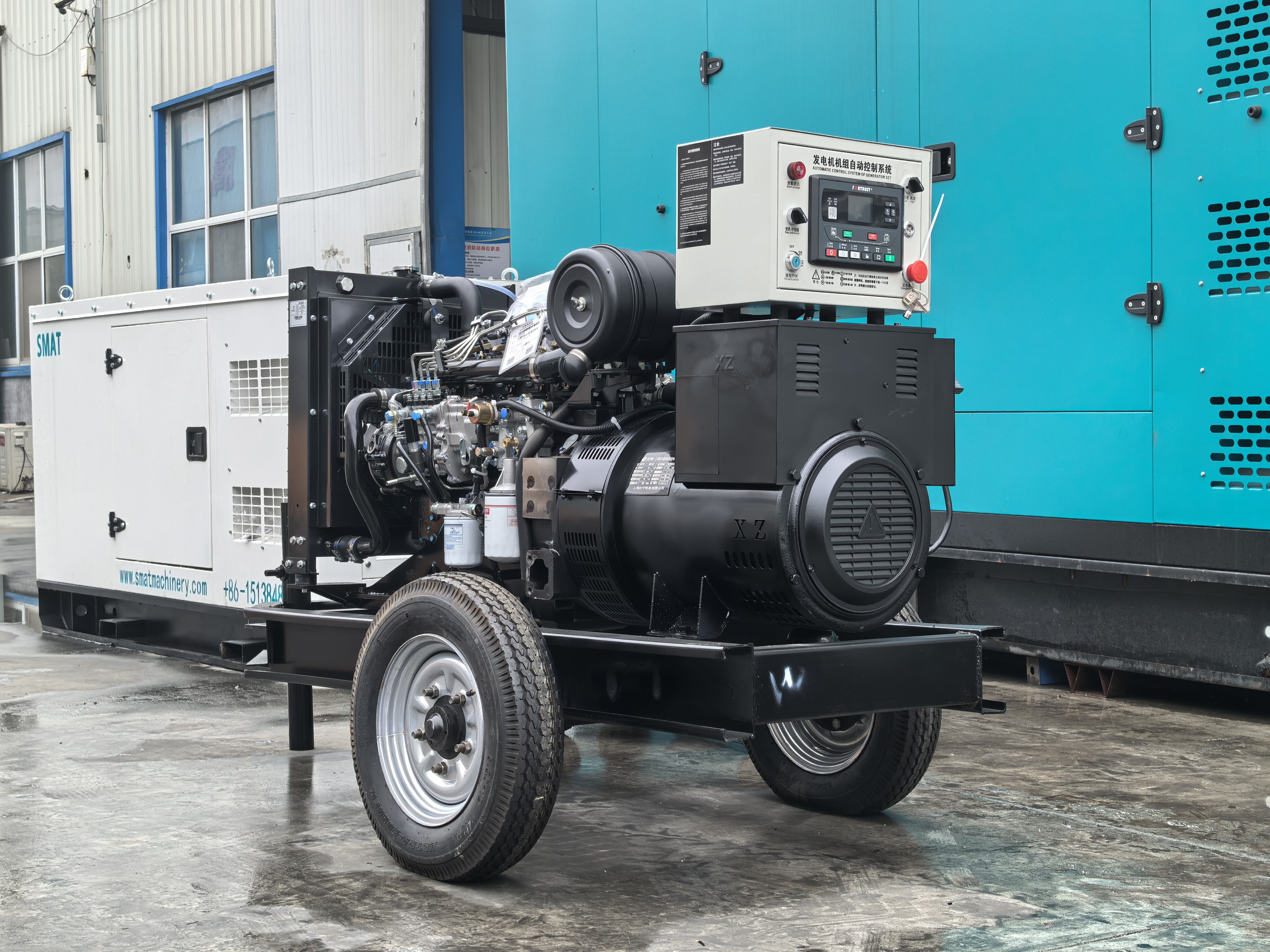Understanding Modern Quiet Diesel Generator Technology
The evolution of diesel generator technology has reached remarkable new heights in noise reduction. Today's silent diesel generator models operate at whisper-quiet levels around 50 decibels - comparable to a normal conversation. This breakthrough addresses one of the most common concerns about diesel generators: excessive noise. As we explore the top performers of 2025, we'll discover how innovative engineering has transformed these powerful machines into neighborhood-friendly power solutions.
The latest generation of silent diesel generators combines advanced sound dampening materials, improved engine designs, and sophisticated exhaust systems to achieve unprecedented noise reduction. These technological advancements haven't compromised the reliability and power output that diesel generators are known for. Instead, they've enhanced the overall user experience, making these units suitable for residential areas, commercial spaces, and noise-sensitive environments.
Key Features of Modern Silent Generators
Advanced Sound Insulation Technology
Modern silent diesel generator manufacturers employ multiple layers of sound-dampening materials, including high-density foam, reinforced steel casings, and acoustic liners. These materials work in concert to absorb and deflect sound waves, significantly reducing operational noise. The latest models utilize composite materials that are both lightweight and highly effective at sound suppression, allowing for better portability without sacrificing noise control.
Engineers have also implemented innovative airflow designs that minimize turbulence-related noise while maintaining optimal cooling efficiency. This dual-purpose approach ensures that the silent diesel generator remains both quiet and thermally stable during extended operation periods.
Vibration Reduction Systems
Advanced anti-vibration mounts and isolation systems play a crucial role in noise reduction. These components use sophisticated rubber compounds and hydraulic dampers to absorb engine vibrations before they can generate sound waves. The most effective systems employ multiple mounting points strategically placed to counter various vibration frequencies, resulting in smoother operation and reduced noise transmission.
Recent developments in computer-aided design have allowed manufacturers to optimize the placement and composition of these vibration-dampening elements, achieving noise levels previously thought impossible for diesel generators.

Performance Analysis of Top Models
Power Output and Efficiency Metrics
The leading silent diesel generator models of 2025 demonstrate remarkable efficiency while maintaining their ultra-quiet operation. These units achieve power outputs ranging from 5kW to 50kW while keeping noise levels at or below 50 dB. Advanced fuel injection systems and optimized combustion chambers contribute to both power efficiency and noise reduction, with some models showing up to 15% improvement in fuel consumption compared to previous generations.
Electronic control systems continuously monitor and adjust engine parameters to maintain optimal performance while keeping noise levels consistent. This smart technology ensures that the silent diesel generator operates efficiently across various load conditions without compromising its acoustic properties.
Reliability and Maintenance Features
Modern silent diesel generators incorporate sophisticated monitoring systems that track performance metrics and maintenance requirements. Self-diagnostic capabilities alert users to potential issues before they become problems, while modular designs facilitate easier access for routine maintenance tasks. These features contribute to extended service intervals and reduced downtime, making these units more cost-effective over their operational lifetime.
Manufacturers have also improved the durability of sound-dampening components, ensuring that noise levels remain consistent throughout the generator's lifespan. This attention to longevity means that users can rely on sustained quiet operation for years of service.
Environmental Impact and Sustainability
Emission Control Systems
The latest silent diesel generator models feature advanced emission control technologies that meet or exceed current environmental regulations. Selective catalytic reduction (SCR) systems and diesel particulate filters work together to minimize harmful exhaust emissions while maintaining quiet operation. These environmental features demonstrate that noise reduction can go hand-in-hand with ecological responsibility.
Some manufacturers have introduced hybrid systems that combine diesel efficiency with renewable energy components, further reducing both emissions and noise levels during operation. This innovative approach points to a future where silent operation and environmental stewardship are standard features.
Eco-Friendly Materials and Manufacturing
Sustainable manufacturing practices have become a priority in the production of silent diesel generators. Recyclable materials are increasingly used in sound-dampening components, and production processes are optimized to reduce waste and energy consumption. This commitment to sustainability extends throughout the product lifecycle, from initial manufacturing to end-of-life recycling programs.
The use of bio-based materials in certain components demonstrates the industry's movement toward more environmentally conscious products while maintaining superior noise reduction capabilities.
Installation and Integration Considerations
Site Planning and Placement
Proper installation of a silent diesel generator requires careful consideration of site acoustics and airflow patterns. Professional installers evaluate factors such as surrounding structures, prevailing winds, and ground conditions to optimize placement for minimal noise impact. Advanced modeling software helps predict sound propagation patterns, ensuring that the installation meets local noise ordinances and user requirements.
Strategic positioning of acoustic barriers and proper ventilation design can further enhance the generator's quiet operation, making these units suitable for even the most noise-sensitive environments.
Smart Integration Solutions
Modern silent diesel generators feature sophisticated control interfaces that enable seamless integration with building management systems and power monitoring networks. Remote monitoring capabilities allow users to track performance metrics and noise levels from anywhere, while automated control systems optimize operation for different load scenarios and time periods.
These smart features contribute to more efficient operation and proactive maintenance, ensuring that the generator maintains its quiet performance characteristics throughout its service life.
Frequently Asked Questions
How long can a silent diesel generator run continuously?
Modern silent diesel generators are designed for extended operation periods, typically capable of running continuously for 24-72 hours, depending on the model and load conditions. Regular maintenance and proper sizing ensure optimal performance during these extended runs while maintaining consistent noise levels.
What maintenance is required to keep noise levels at 50 dB?
Regular maintenance includes inspecting and replacing sound-dampening materials, checking anti-vibration mounts, and ensuring proper tightness of acoustic enclosure components. Most manufacturers recommend quarterly inspections of noise-reduction systems alongside routine engine maintenance to maintain optimal sound levels.
How do weather conditions affect the noise levels of silent generators?
Weather conditions can impact noise propagation, with factors like humidity, temperature, and wind direction playing important roles. Modern silent diesel generators are designed to maintain consistent noise levels across various environmental conditions, though extreme weather may require additional sound attenuation measures.

